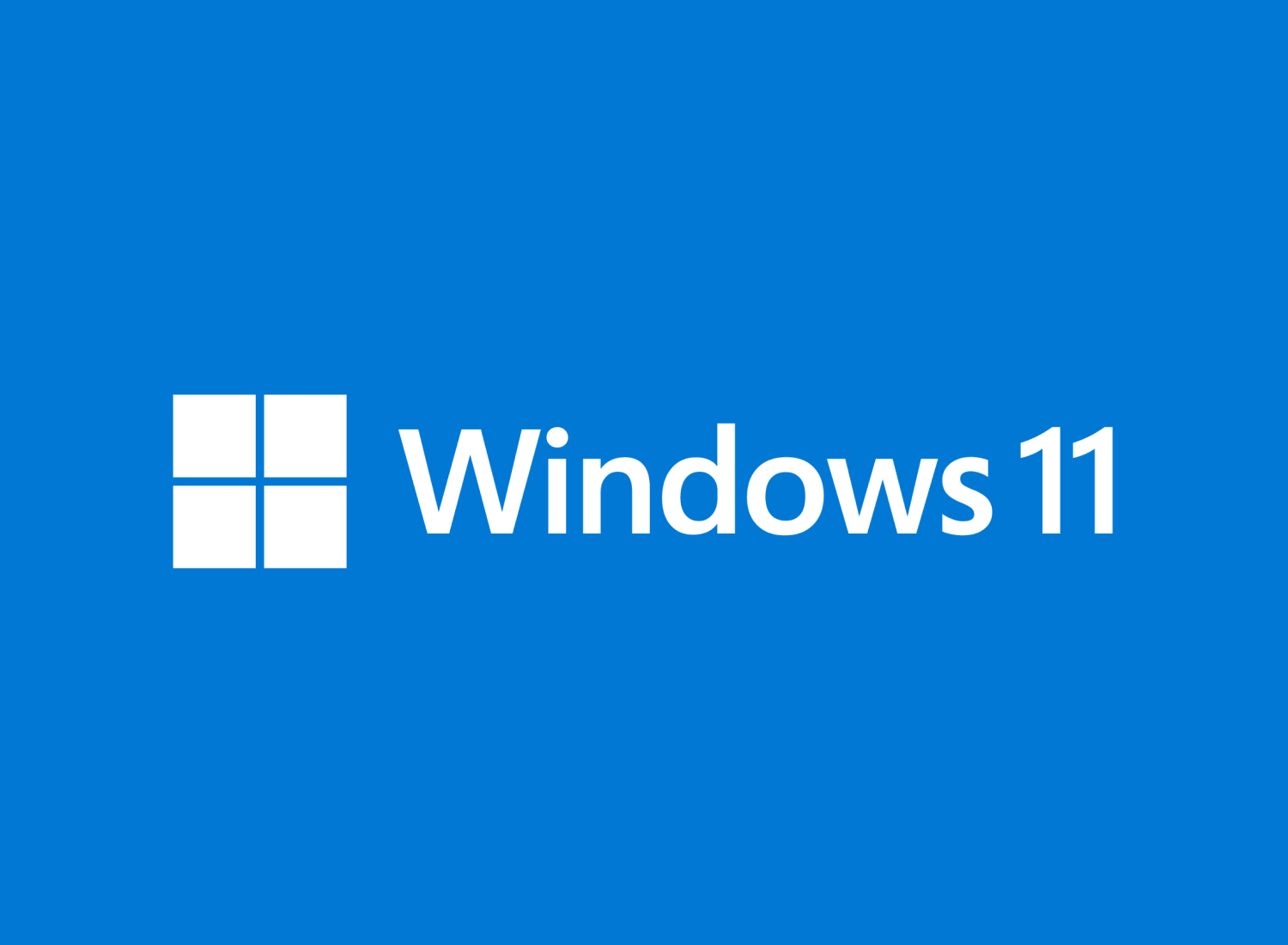
This results in a more personalised experience, even letting you align the taskbar to the left of your screen if you prefer the older layout. There’s also a recommended section that shows your recent activity so you can jump right back into your last used word document, spreadsheet or Photoshop project. The Windows 11 Start Menu instead displays your pinned apps, with a search bar letting you locate your less used programmes. You also get a view of Live Tiles, with a look at the weather, your photo album and various Microsoft apps.

It looks far cleaner than Windows 10’s counterpart, which takes up half of the length of the desktop with a long search bar added in the middle.Ĭlick the Start Menu on Windows 10, and you’ll see a list of all of the programmes installed on your PC. If you're curious about what's new in Windows 11, check out our update tracker to know all about the latest updates.The most obvious change for Windows 11 is a new centralised taskbar, which looks very similar to the macOS layout. Check out our guide on upgrading to Windows 11 Pro if you need any help. If you have a PC with Windows 11 Home and you need Pro though, you can always upgrade. The odds are if you need Windows 11 Pro, you already know you need it and why. For the average person walking into a store, you're probably going to be just fine with Windows 11 Home. Some are designed to protect especially sensitive information, while others have to do with quickly setting up devices for users and managing them remotely. As we've mentioned, most of them revolve around features meant for business users. These are the core differences in Windows 11 Home vs Pro editions. Microsoft is actually retiring the Microsoft Store for Business altogether and replacing it with a new management experience using Microsoft Intune and the Windows Package Manager.

In Windows 10, there was also the Microsoft Store for Business, but Windows 11 is going to use a different approach.


 0 kommentar(er)
0 kommentar(er)
